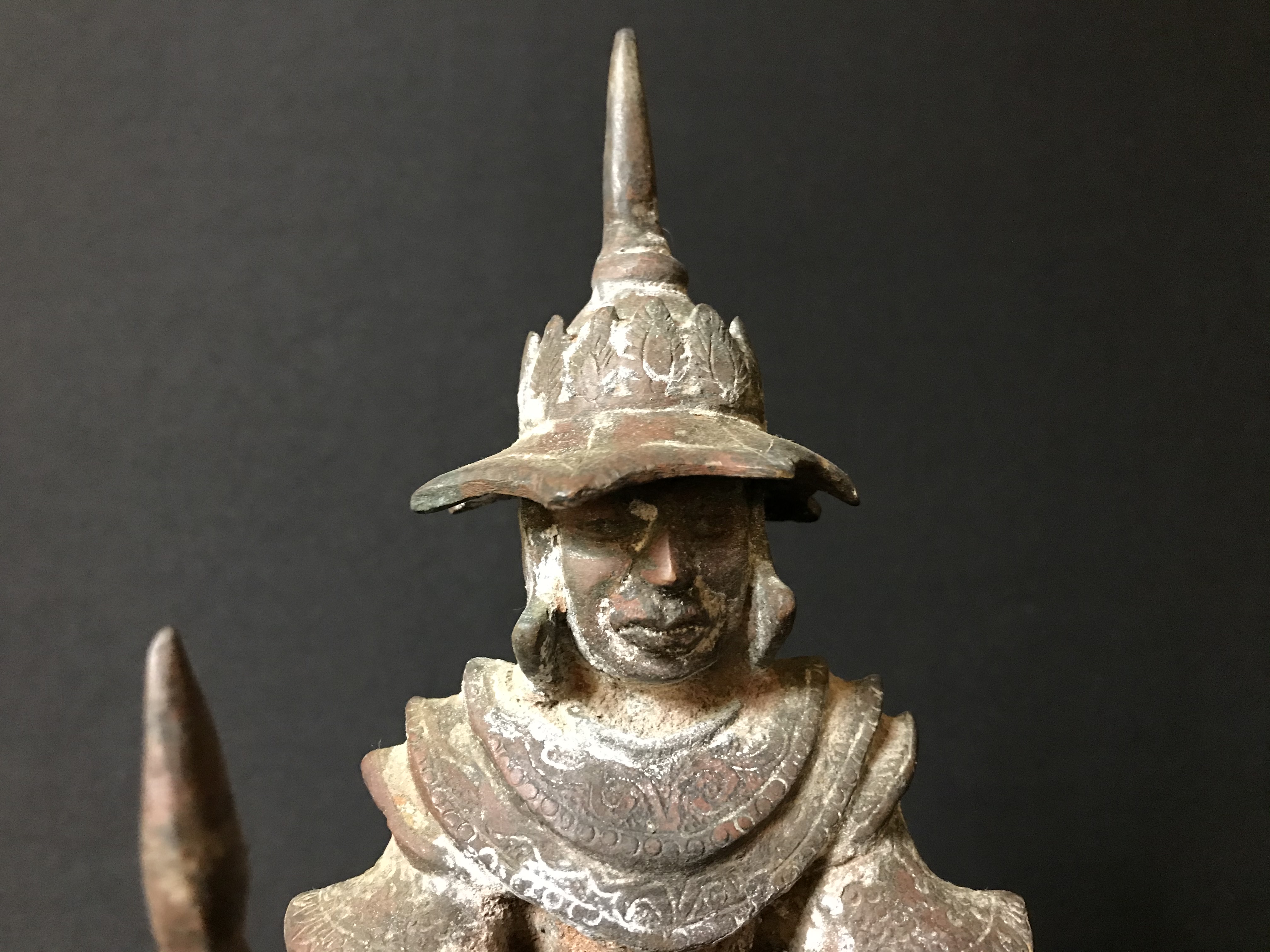HASS506: The Significance Assessment

6 Credit Point Unit
Available T1, T2, T3
What Is Significance?
'Significance' refers to the values and meanings of an object or collection. Significance unlocks the teaching, research, and public engagement potential of our collections, and helps us to understand the history, ideas, cultures, and people behind objects and collections.
Collections are the storehouses of our nation's memory and a stimulating key for future development. Collections speak to our identity and humanity, and provide us with a sense of our place in the world. By helping us to understand our collections, Significance helps us to better understand ourselves and our world. Significance Assessments also help museums and collecting institutions to manage and interpret their collections for the future. Significance Assessments are also a practical capstone activity for developing work-ready students with real-world industry experience. Significance Assessments, governed by industry standards, are a core service provided to collecting institutions by professional historical and heritage consultants. The HASS506 Significance Project, therefore, gives students the opportunity to develop the experience and skills required for providing professional Significance Assessments. The industry standard for Significance Assessments is set by: Russell, R & Winkworth, K., eds., Significance 2.0: a guide to assessing the significance of collections, Collections Council Australia Ltd., Australia 2009. This work is the prescribed textbook set for every HASS506 Significance Project. You can download a free PDF copy of Significance2.0 here: https://www.arts.gov.au/what-we-do/museums-libraries-and-galleries/significance-20 Write a Significance Assessment on an artefact/collection held in the UNE Museum of Antiquities. If you are interested in applying to do a Sigificance Project, please read the information below and then follow the HASS unit Application Process
Getting Started
- Read Significance 2.0.
- Check out the resources provided under “Further Information”
- Select an artefact or collection in UNEMA (contact Dr Bronwyn Hopwood for assistance).
- Follow the instructions provided under “How To Apply”
https://antiquities.une.pedestal3d.com/ If you aren’t sure which object/s you would like to study, or would like to find more options than those shown in Pedestal3D, you can contact Dr Bronwyn Hopwood to indicate what your general interests are (eg. jewellery, weaponry, food and cooking, religion, death, medicine, a particular culture etc), and receive a selection of suggested objects to choose from. You can select any object or collection in UNEMA that has not yet had a Significance Assessment completed for it. Below is a list of the museum's collections from which you might consider selecting an item: Use these forms to apply to enrol in a HASS506 Significance Assessment Project with Dr Bronwyn Hopwood in the UNE Museum of Antiquities (UNEMA). Please fill in, sign, and return these three forms to Dr Bronwyn Hopwood: Use the following Example Significance Project Proposal to develop your own project proposal (reference this example in your bibliography as: Nadin, K., Significance Project Example Proposal: Significance and MA1969.2.1-2 Roman Earrings, University of New England, Armidale 2017). Example Significance Project Proposal You may follow this example proposal quite closely so long as you fully and properly acknowledge it in the footnotes and bibliography of your own proposal. Once your draft proposal has been approved by Dr Hopwood you can submit it with your online application to enrol in HASS506 through the School’s online project application portal: https://www.une.edu.au/about-une/faculty-of-humanities-arts-social-sciences-and-education/hass/current-students/hass-special-topic-reading-and-research-units

